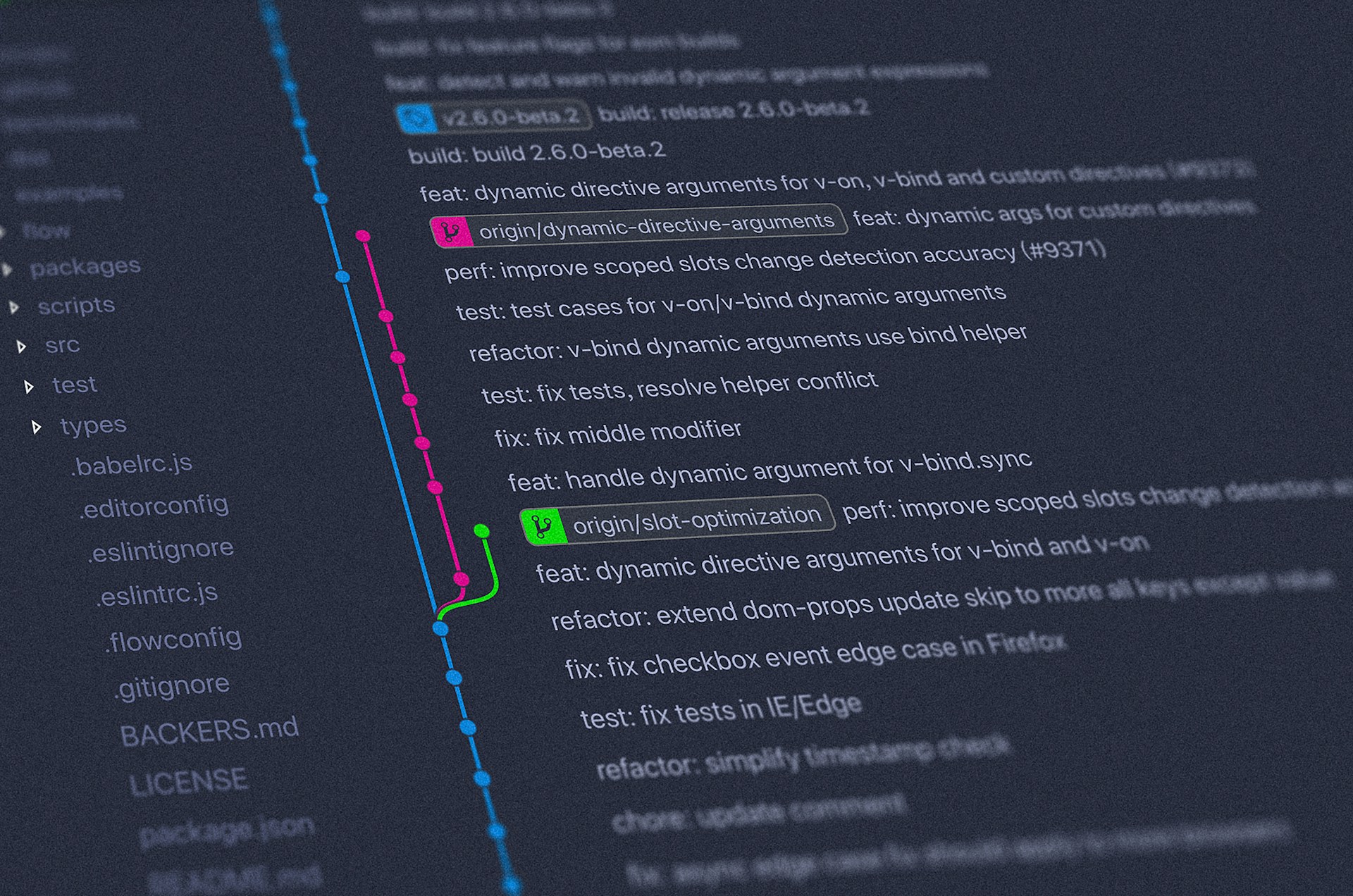The Hidden Risk in Your Software: Managing Transitive Dependencies
Beyond knowing why transitive dependencies are important, you have to know how to manage them.
April 22, 2025

It’s clear from the previous post that you ignore your transitive dependencies at your peril. Now that you know what transitive dependencies are and why they’re important, you’re ready to start managing them.
Why managing transitive dependencies is uniquely challenging
At Kusari, we've seen firsthand how organizations struggle with transitive dependencies. The challenges are multifaceted.
The scale problem
It's not uncommon for a modern application to contain thousands of transitive dependencies. One of our customers discovered their supposedly "simple" application had over 18,000 open-source components when we analyzed their complete dependency graph. Their security team had been scanning only direct dependencies — less than 3% of their attack surface.
The visibility problem
Most traditional tools only show direct dependencies or display flat lists that hide the crucial relationships between components. This creates dangerous blind spots:
- Which of your applications use a vulnerable component?
- Through which path does that component enter your application?
- Is the vulnerable code actually reachable in your specific implementation?
Without these insights, teams waste resources fixing theoretical issues while missing exposures.
The update challenge
When a vulnerability is discovered in a transitive dependency, updating isn't always straightforward. You typically can't update the transitive dependency directly; you need to update the direct dependency that pulls it in.
But what if:
- Multiple direct dependencies pull in different versions of the same component?
- The direct dependency hasn't been updated to use the fixed version?
- Updating the direct dependency breaks compatibility with other components?
These scenarios create "dependency hell" situations that can paralyze development teams.
Comprehensive transitive dependency management
Effectively managing transitive dependencies requires a complete lifecycle approach.
Achieve full visibility
You can't secure what you can't see. The foundation of transitive dependency management is comprehensive visibility into your complete software composition. This means generating accurate Software Bills of Materials (SBOMs) that capture every component in your applications - not just direct dependencies.
Understand dependency relationships
Flat lists of packages aren't enough. You need to understand the relationships between components - which direct dependencies pull in which transitive dependencies. This relationship mapping is essential for efficient remediation when vulnerabilities are discovered.
Continuously monitor for new risks
Your dependency security posture changes constantly as new vulnerabilities are discovered. Continuous monitoring ensures you're alerted when new issues affect your applications, even if your code hasn't changed.
Prioritize based on actual risk
Not all vulnerabilities pose the same risk. Intelligent analysis should consider factors like whether vulnerable code is actually called in your application, the severity of the vulnerability, and the availability of exploits.
Implement proactive policies
The most efficient way to address dependency risks is to prevent problematic dependencies from entering your codebase in the first place. This requires clear policies and guardrails within your development workflow.
How Kusari transforms transitive dependency management
At Kusari, we've built our platform specifically to address the complex challenges of software supply chain security, with transitive dependencies being a core focus. Our approach differs fundamentally from traditional security scanners:
Complete dependency visualization
Kusari provides interactive visualizations of your entire dependency graph — showing not just what components are present, but how they're connected. This helps teams understand exactly how components enter their applications and identify critical dependencies used across multiple projects.
Context-aware risk assessment
Instead of simply matching CVE numbers, our platform analyzes how dependencies are actually used in your specific applications. This allows us to determine whether vulnerable code is actually reachable, reducing false positives and helping teams focus on real risks.
Proactive risk reduction
We help identify concerning dependency patterns before they become security incidents:
- Unmaintained dependencies that pose future risk
- License compliance issues are hidden in your dependency tree
- Safer alternatives when high-risk dependencies are detected
Continuous monitoring with actionable alerts
When new vulnerabilities are discovered, Kusari automatically determines if you're affected and provides clear remediation guidance specific to your dependency structure.
Developer-friendly workflow integration
Security tools only work if they're used. Kusari integrates seamlessly with development workflows through CI/CD pipelines, developer tools, and intuitive interfaces that help engineering teams understand and address issues.
Take control of your software supply chain
Organizations that master transitive dependency management gain several competitive advantages:
- Reduced security risk through comprehensive visibility and proactive management
- Faster development with fewer emergency interruptions
- Improved compliance with evolving regulatory requirements
- Lower maintenance costs through better dependency hygiene
By partnering with Kusari, your organization can transform transitive dependencies from an invisible risk to a managed asset, strengthening your overall security posture while supporting your business objectives.
Ready to take control of your transitive dependencies? Request a demo to see how Kusari can help your organization manage transitive dependencies with comprehensive visibility and intelligent analysis.
Previous
No older posts
Next
No newer posts


















.webp)










.webp)
























.png)
.png)




.png)
.png)
.png)
.png)
.png)
.png)
.png)



.png)









.jpg)




























